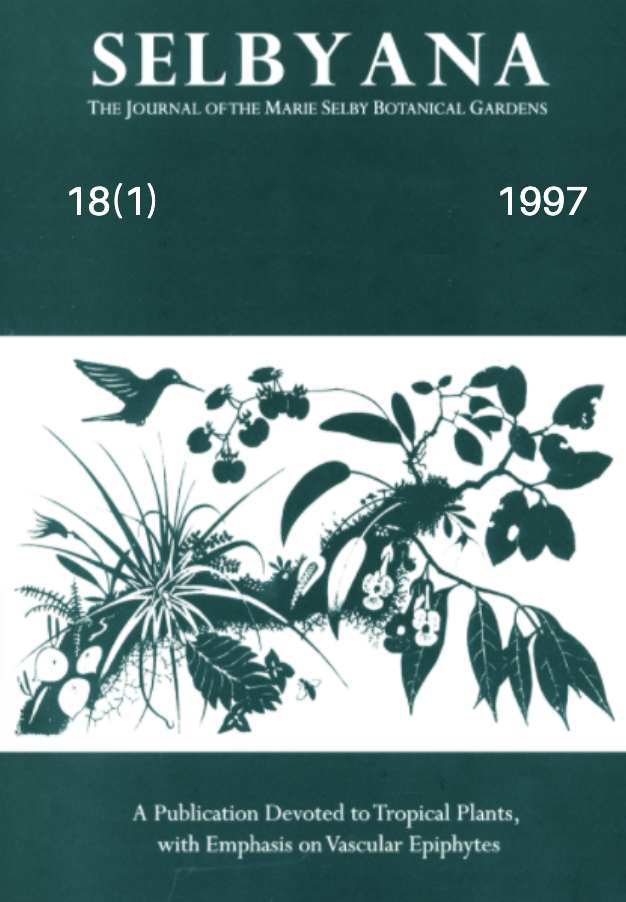Abstract
Canopy gaps in tropical forests are important for regeneration of many species. Rates of gap formation are well studied, but data on rates of canopy gap closure are scarce. In this study I investigate how development of vegetation in recently created canopy gaps in a pristine tropical rain forest varies between three small and three large gaps. The percentage of space occupied by vegetation ("vegetation occupation") was determined at one meter intervals through the expanded gap area (divided in a central and peripheral gap zone), and the first meters of the closed forest adjacent to gaps. Vegetation occupation above each inventory point was determined in three height ranges in different intervals: 0->30 m (5 m intervals); 0-10 m (1 m intervals), and 0-2 m (0.25 m intervals). Inventories were done in October 1991 and November 1993. In the central zone of small gaps, the net change in vegetation occupation was strongest in the 0->30 m range, whereas in the central zone of large gaps, vegetation occupation increased mainly in the lower height ranges (0-2 and 0-10 m). Small gaps seem to fill mainly by means of lateral ingrowth of surrounding trees, and large gaps fill mainly through growth of gap floor regeneration (both advanced regeneration and new recruitment). I estimate that on average, small gaps "disappear" within 5 to 6 years after formation. In large gaps, it may take between 5 to 10 years before a canopy layer has been established which is at least 10 m high.
Open Access and Copyright Notice
Selbyana is committed to real and immediate open access for academic work. All of Selbyana's articles and reviews are free to access immediately upon publication. There are no author charges (APCs) prior to publication, and no charges for readers to download articles and reviews for their own scholarly use. To facilitate this, Selbyana depends on the financial backing of the Marie Selby Botanical Gardens, the hard work and dedication of its editorial team and advisory board, and the continuing support of its network of peer reviewers and partner institutions.
Authors are free to choose which open license they would like to use for their work. Our default license is the Creative Commons Attribution-NonCommercial 4.0 (CC BY-NC 4.0). While Selbyana’s articles can be copied by anyone for noncommercial purposes if proper credit is given, all materials are published under an open-access license with authors retaining full and permanent ownership of their work. The author grants Selbyana a perpetual, non-exclusive right to publish the work and to include it in other aggregations and indexes to achieve broader impact and visibility.
Authors are responsible for and required to ascertain that they are in possession of image rights for any and all photographs, illustrations, and figures included in their work or to obtain publication or reproduction rights from the rights holders. Contents of the journal will be registered with the Directory of Open Access Journals and similar repositories. Authors are encouraged to store their work elsewhere, for instance in institutional repositories or personal websites, including commercial sites such as academia.edu, to increase circulation (see The Effects of Open Access).
